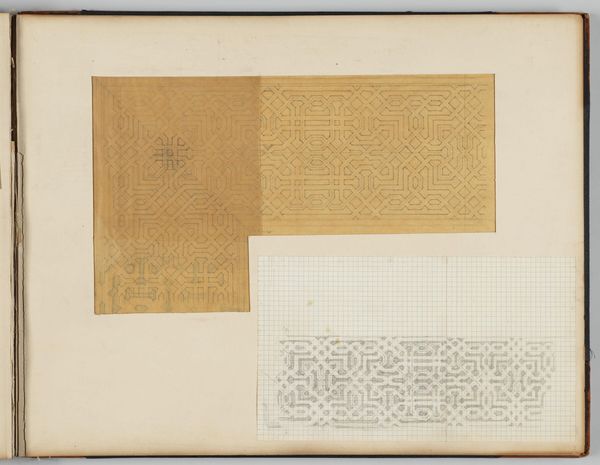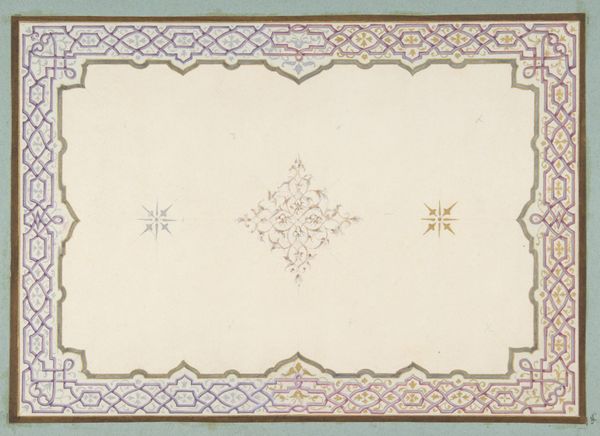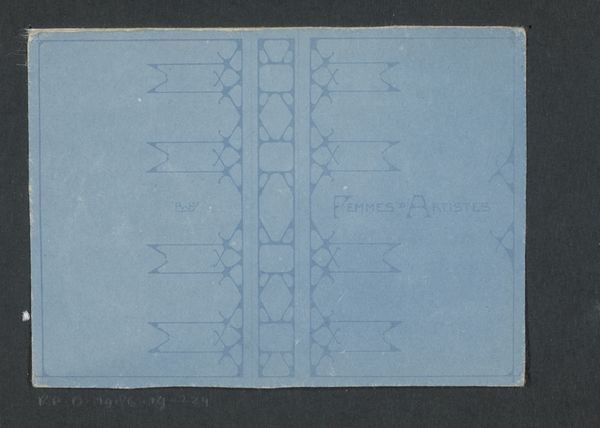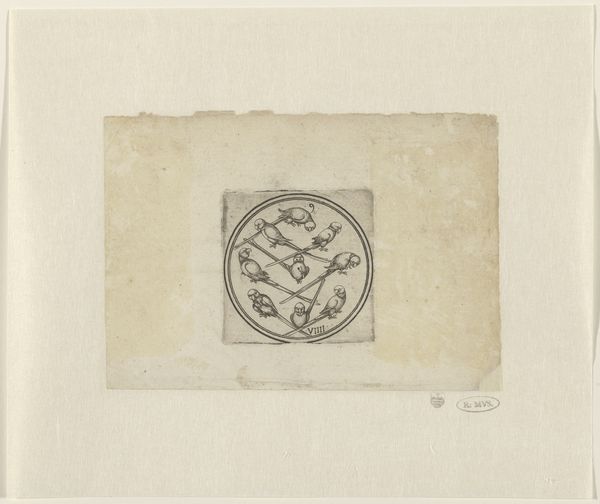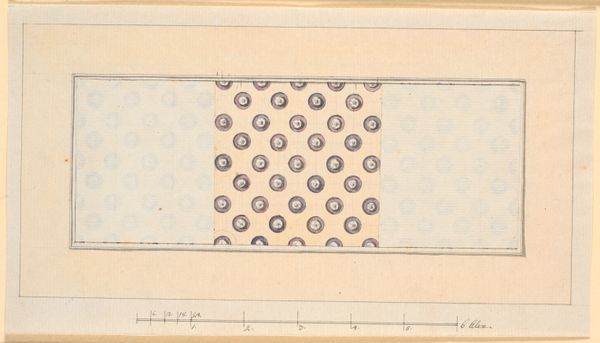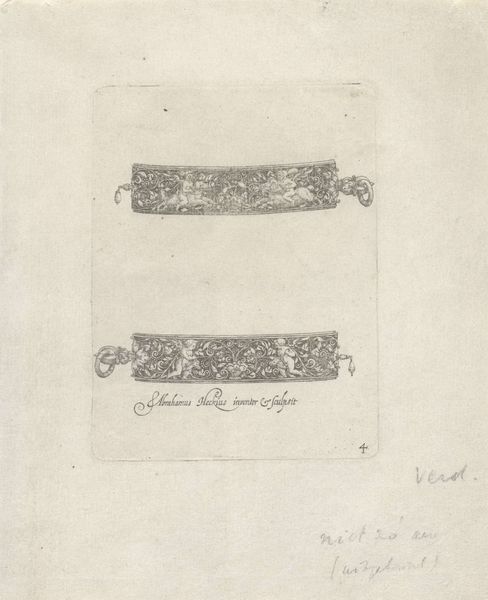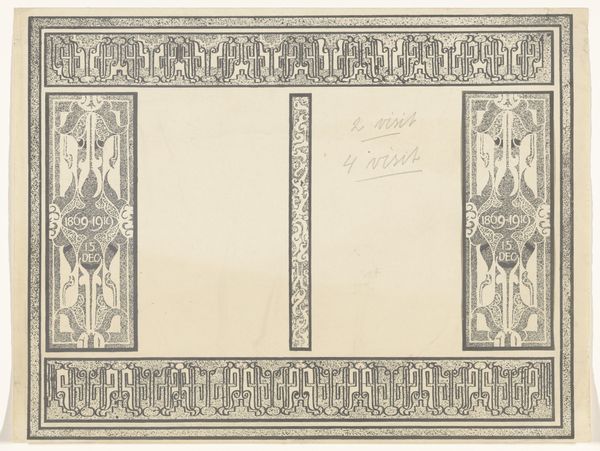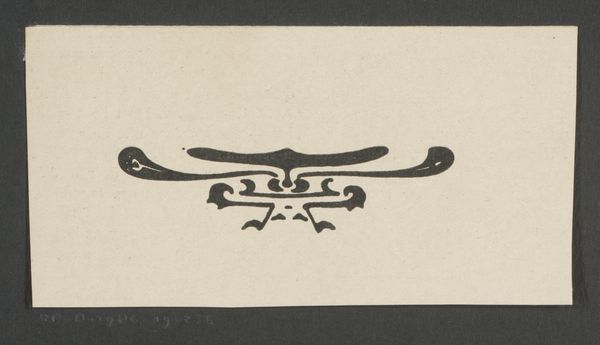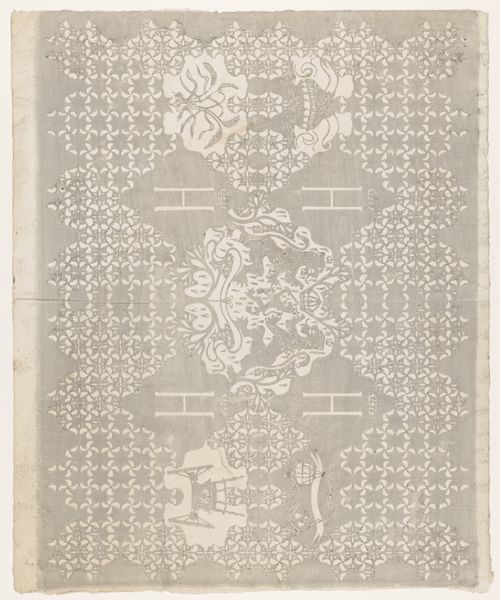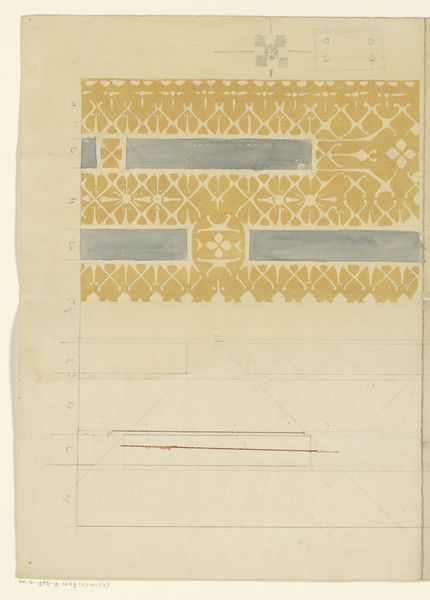
drawing, print, paper, watercolor, architecture
#
drawing
#
water colours
# print
#
paper
#
11_renaissance
#
watercolor
#
watercolor
#
architecture
Dimensions: 12-7/8 x 17-11/16 in. (32.7 x 45 cm)
Copyright: Public Domain
Editor: This watercolor and ink drawing on paper, "Plan of a Columbarium" by Pietro Paolo Coccetti, dates to between 1710 and 1727. It's a somewhat clinical architectural plan, but I'm still struck by how delicate and ornate it is, almost like a lace doily. What grabs your attention when you look at it? Curator: Oh, absolutely! You've hit on something essential there—it's the tension between the cold precision of architectural rendering and the undeniable artistry in the execution that really captivates me. To consider the funerary... what could these repetitive scallops hint at about afterlife imagination? Are we seeing efficiency, a place for many, or perhaps the intention of each being enshrined individually by the artistry? Editor: It’s interesting you say that, the artistry that is hiding inside the clinical architecture. What else does the context of this era bring to the reading of this work? Curator: Think about the early 18th century, the period when Coccetti created this piece. There’s this fascination with both classical antiquity and detailed scientific observation blooming in Europe. A Columbarium, originally a Roman structure for housing cremated remains, experienced a resurgence of interest. This plan speaks to that Neoclassical revival, but with that beautiful Rococo touch in the scalloped edges! Imagine this structure as not only functional but also designed to inspire awe, perhaps even comfort, through its aesthetic qualities. Does that shift how you perceive its formality? Editor: I suppose so. I was so focused on the clinical aspect that I forgot the very human desire for beauty, even in death. It’s a thoughtful combination. Curator: Precisely! It’s about life and death intermingling, much like the artistry mixing with technicality in this work. It really does make you wonder about the artistry and reflection, doesn't it? Editor: Yes, this really highlights that even the most pragmatic designs can be infused with artistic expression and emotional depth. Thanks!
Comments
No comments
Be the first to comment and join the conversation on the ultimate creative platform.

